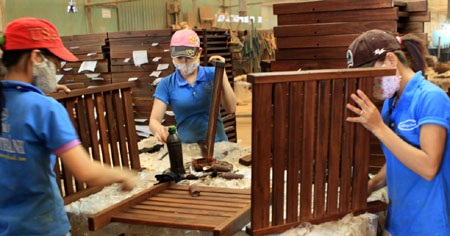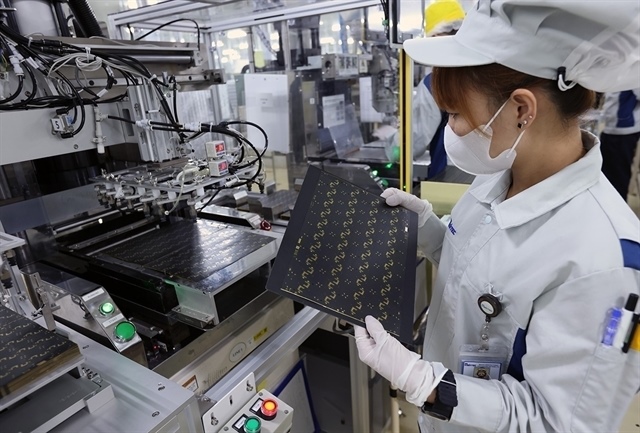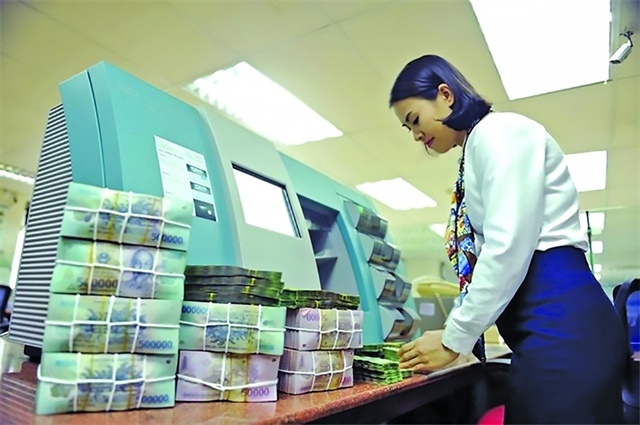Timber exports in 2013
Timber exports in 2013
There are promising signs that timber exports will further pick up this year.

With timber exports in the first quarter of 2013 reaching US$1.18 billion, up 16.5 percent compared to the same period last year, Vietnam currently ranks sixth in the world, second in Asia and first in Southeast Asia.
Among Vietnam’s major importers, the US ranked first, accounting for 33.2 percent of its total timber export earnings. Next came the EU, China, Japan and the Republic of Korea.
The growth of the timber industry is mainly thanks to cheap labour to produce raw products with little added value by importing 80 percent of its total materials, worth US$1 billion per year.
Vietnam earned US$4.67 billion from timber and forestry exports in 2012, an increase of 15.3 percent against 2011.
The Vietnam Timber and Forest Product Association (VIFORES) plans to raise its export earnings to US$5.2–5.5 billion by the end of this year, up 15–17 percent. Exports are expected to grow by 18 percent to the US, by 15 percent to China, and by 11–12 percent to Japan.
Many domestic businesses have already received more orders from the US rather than the EU. This is because since March 2013, European countries have applied the European Union’s regulation 995/2010, banning the import of timber products with unknown origins. Another reason is Vietnam has not yet completed negotiations for the EU's Forest Law Enforcement, Governance, and Trade Action Plan (FLEGT) while exporters are asked to clarify origins of their products independently.
It’s not easy to meet the US Forest Stewardship Council’s (FSC) Forest Management Standard as 70 percent of wood is traded multiple times and around 80 percent of wood materials imported from Laos and Cambodia do not have FSC certification. All this explains why there will be a fall in timber exports to the EU market in 2013.
There is still hope for the best when Vietnam finally signs the free trade agreement (FTA) with the EU, most of its timber products will enjoy zero tariffs or a minimum tariff of 4 percent. Especially after the FLEGT and FTA are both signed, timber exports will surge considerably.
Wood and timber products exported to the EU cannot only use the FLEGT certificate as proof of origin as it requires Vietnam to sign a Voluntary Partnership Agreement (VPA) in this connection. Vietnam’s negotiations with the EU started in 2010, but there remain disputes over land, forest, and environment usage rights on the way to the signing of VPA FLEGT.
VIFORES Secretary-General Nguyen Ton Quyen has urged the Forestry Department to establish a verification system to control wood and timber exports and complete the VPA/FLEGT negotiations with the EU as early as possible. He proposed the State lower annual loan interest rates from 11.4 percent to 8–9 percent to help businesses access the capital needed to improve their wood processing capacity.
vov




















